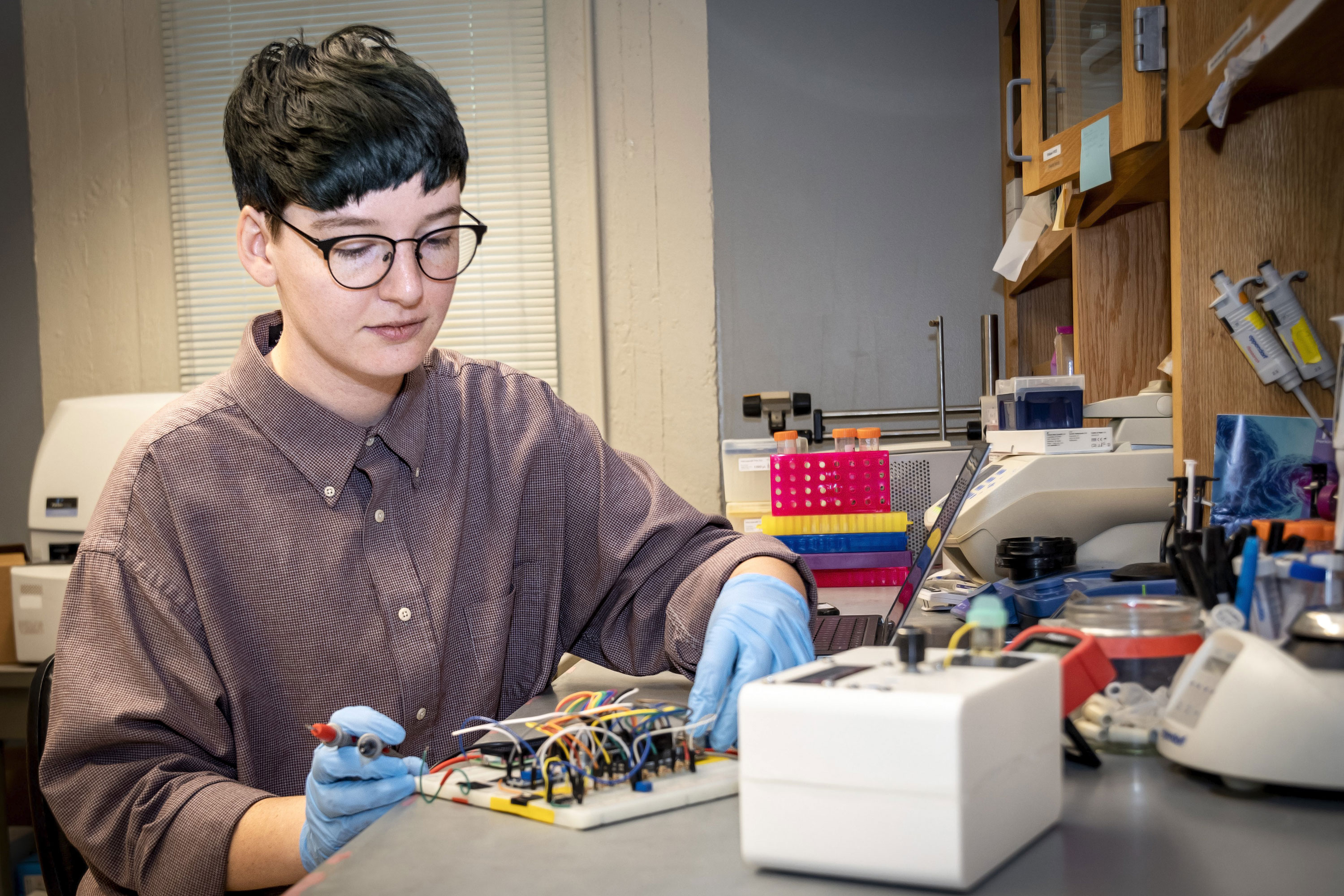
The rapid spread of antibiotic-resistant bacteria is causing serious global public health and environmental issues. Beta‐lactamases, common enzymes released by a variety of harmful bacteria, destroy antibiotics and are a major cause of drug resistance. Anita Shukla, an associate professor in Brown’s School of Engineering, and her graduate students developed a responsive bacteria-triggered drug-delivery system that could be used to make wound dressings and deliver medication on demand. The system consists of antibiotic-loaded hydrogels that respond to the presence of beta-lactamases by degrading to release encapsulated therapeutic nanoparticles. Such smart hydrogels could be used in diagnostics to reduce the amount of drug needed for treatment, in turn limiting side effects and the development of antibiotic resistance and increasing the lifetime of newly introduced antibiotics. The new material was described in a 2022 issue of the journal ACS Applied Materials & Interfaces.
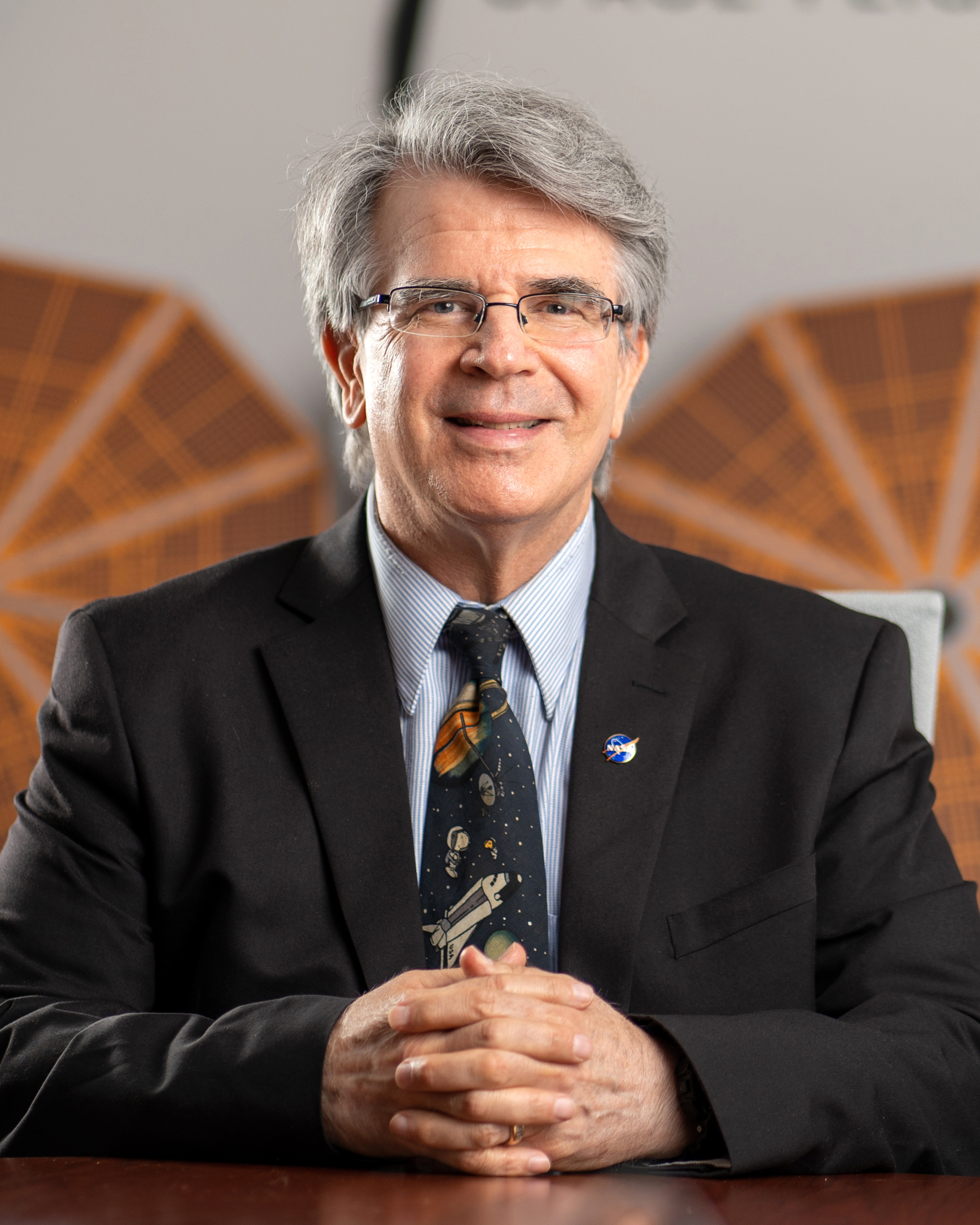 “Brown gave me the confidence to explore across academic boundaries— from paleontology and mathematical analysis of computer algorithms to art history and semiotics. The Brown experiences I had from freshman to PhD candidate helped me shape a career of space exploration. Thanks to Brown, my experiment flew in the Space Shuttle (Endeavour), and I was able to experience the joy of the first laser light hitting Mars as well as the Hubble Space Telescope searching the Moon for resources. These are all the stuff of dreams, yet Brown (and fellow Brown students and faculty) helped me pursue such ideas with a hopeful confidence and tenacity to see them fly.
“Brown gave me the confidence to explore across academic boundaries— from paleontology and mathematical analysis of computer algorithms to art history and semiotics. The Brown experiences I had from freshman to PhD candidate helped me shape a career of space exploration. Thanks to Brown, my experiment flew in the Space Shuttle (Endeavour), and I was able to experience the joy of the first laser light hitting Mars as well as the Hubble Space Telescope searching the Moon for resources. These are all the stuff of dreams, yet Brown (and fellow Brown students and faculty) helped me pursue such ideas with a hopeful confidence and tenacity to see them fly.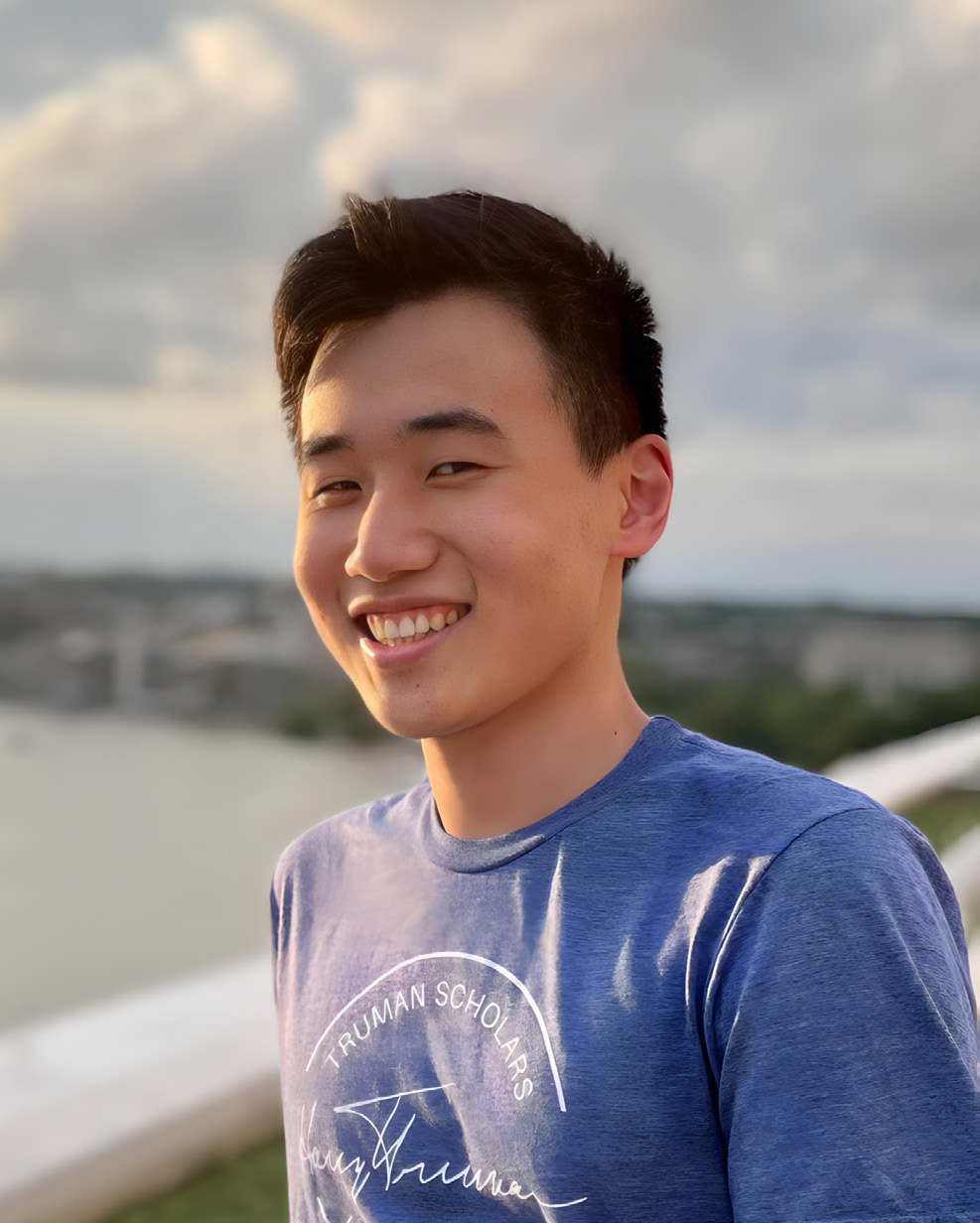 John Lin ’23 completed a research fellowship at the Centers for Disease Control and Prevention’s National Center for Health Statistics, where he conducted epidemiologic research—analyzing national data on food insecurity and adult allergies as well as leading a preliminary analysis of the new National Health Interview Survey for teenagers—to inform CDC policies. “My fellowship was such an important learning experience because I got to see a more public role for research. In the future, I hope to continue working with the government and academic institutions like Brown.” Lin has continued his research with long-time mentor Paul Greenberg, MD, Brown professor of surgery, at the Providence VA Medical Center on medical education, health policy, and ophthalmology.
John Lin ’23 completed a research fellowship at the Centers for Disease Control and Prevention’s National Center for Health Statistics, where he conducted epidemiologic research—analyzing national data on food insecurity and adult allergies as well as leading a preliminary analysis of the new National Health Interview Survey for teenagers—to inform CDC policies. “My fellowship was such an important learning experience because I got to see a more public role for research. In the future, I hope to continue working with the government and academic institutions like Brown.” Lin has continued his research with long-time mentor Paul Greenberg, MD, Brown professor of surgery, at the Providence VA Medical Center on medical education, health policy, and ophthalmology.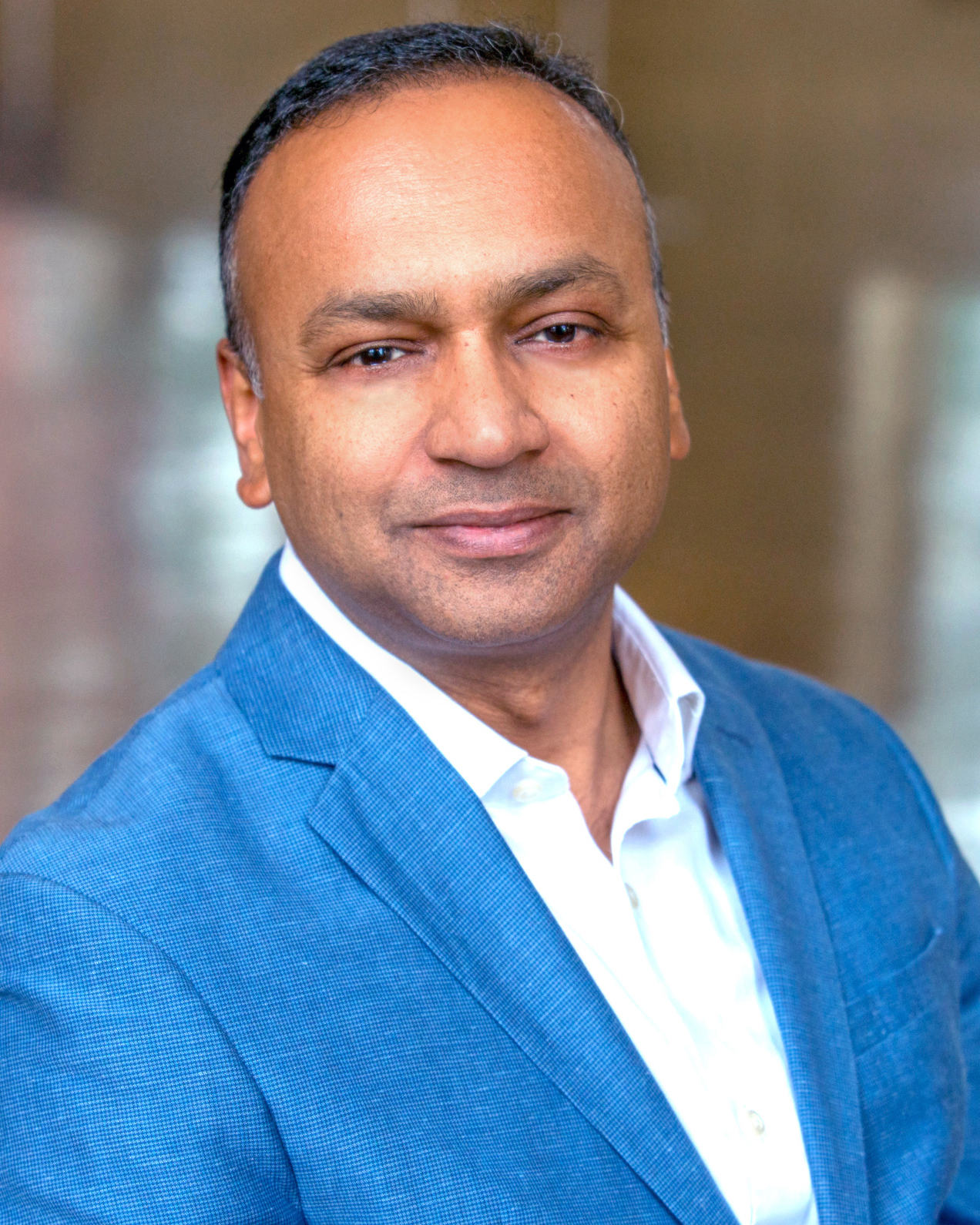
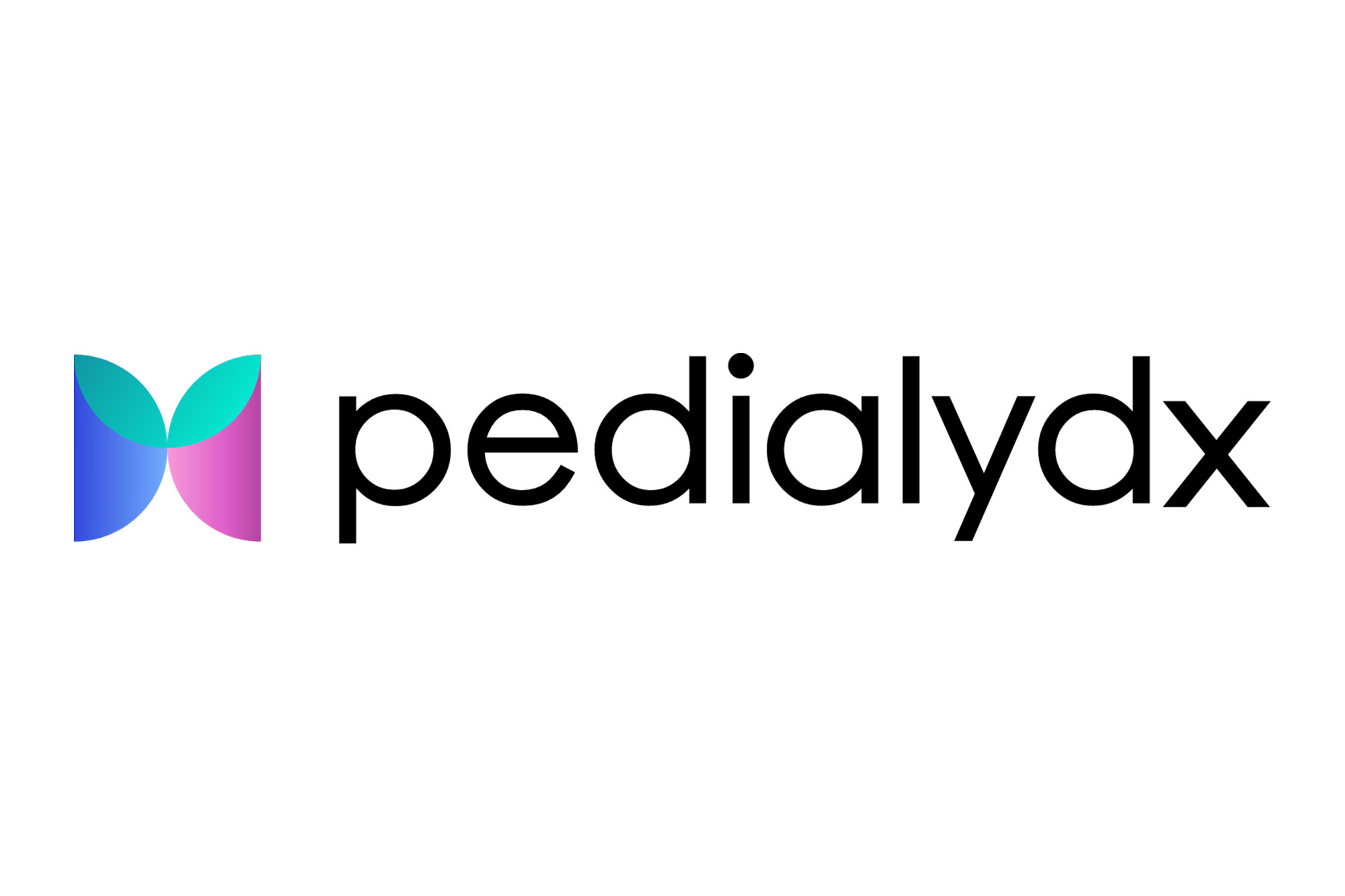 In 2020, the team of Barry Lester, a professor of psychiatry, human behavior, and pediatrics, and Stephen Sheinkopf, executive director of the Thompson Center for Autism and Neurodevelopmental Disorders at the University of Missouri and an adjunct associate professor of psychiatry, human behavior, and pediatrics, received a BBII award to develop diagnostic tools based on acoustic signatures from infants’ cries that are not discernible to the human ear. Recently, a new start-up, PedialyDx, was formed to further develop and commercialize this technology. The first product will be a handheld device that uses a cloud-based algorithm to determine whether the cries of an infant with prenatal opioid exposure meet the criteria for neonatal opioid withdrawal syndrome. The company is also exploring use of the device in autism research.
In 2020, the team of Barry Lester, a professor of psychiatry, human behavior, and pediatrics, and Stephen Sheinkopf, executive director of the Thompson Center for Autism and Neurodevelopmental Disorders at the University of Missouri and an adjunct associate professor of psychiatry, human behavior, and pediatrics, received a BBII award to develop diagnostic tools based on acoustic signatures from infants’ cries that are not discernible to the human ear. Recently, a new start-up, PedialyDx, was formed to further develop and commercialize this technology. The first product will be a handheld device that uses a cloud-based algorithm to determine whether the cries of an infant with prenatal opioid exposure meet the criteria for neonatal opioid withdrawal syndrome. The company is also exploring use of the device in autism research. 
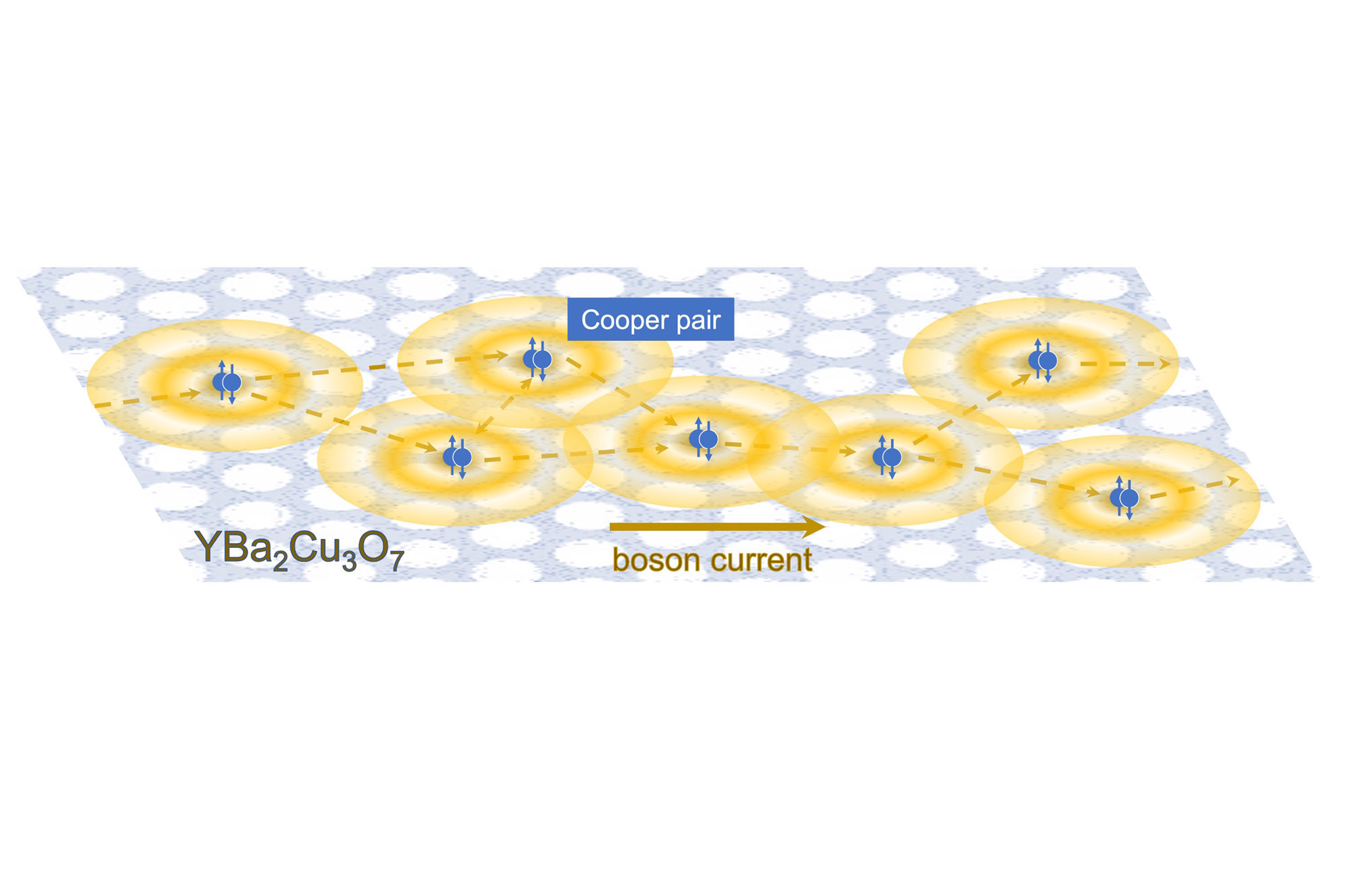
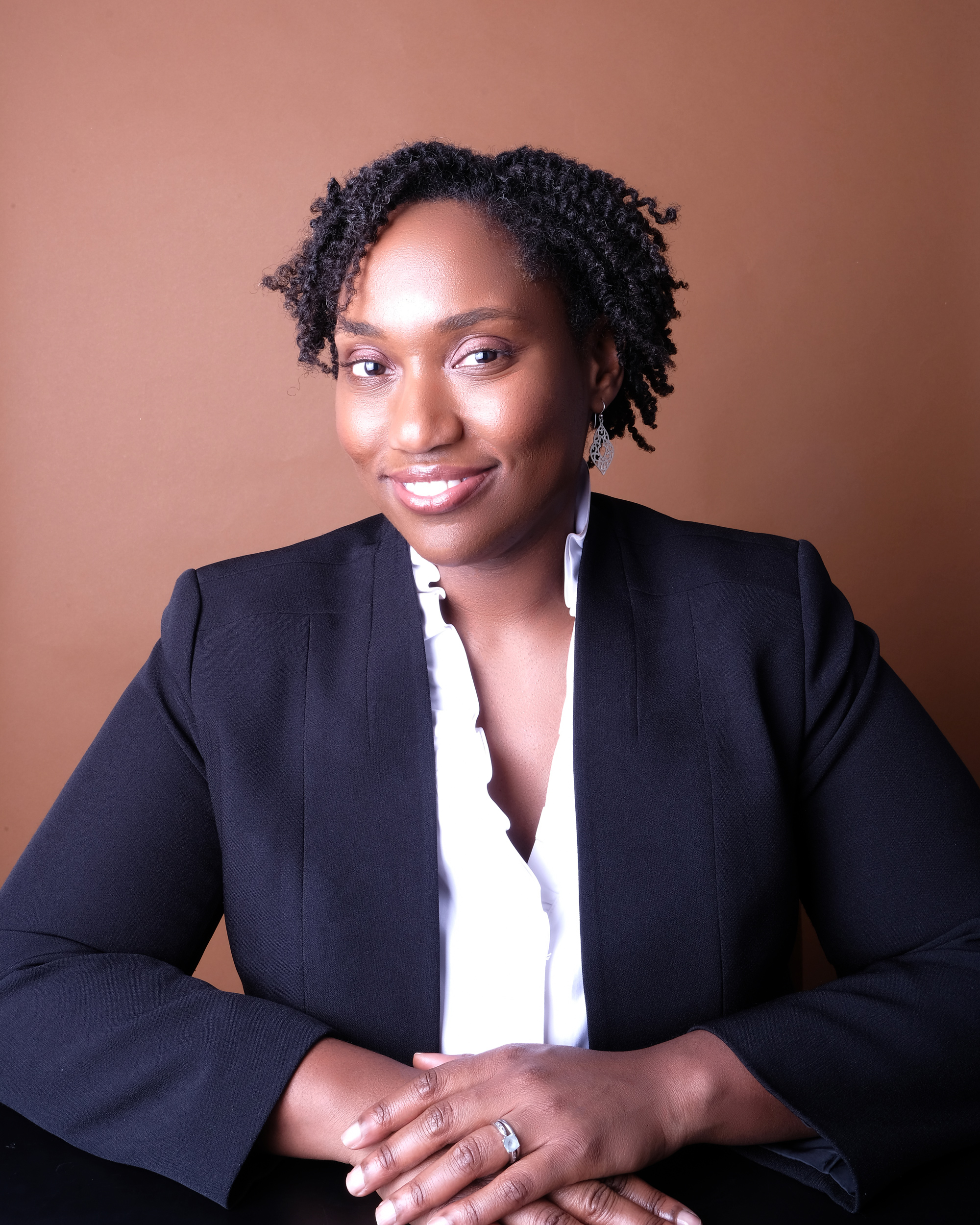 “My time at Brown University in the PhD program in American Civilization (now American Studies) revealed to me that disciplinary boundaries were made to be challenged and some- times broken. Having received training and mentorship from historians, sociologists, and literary critics, and having access to lectures by cognitive scientists, and having been able to build friendships with emerging physicians and engineers, Brown taught me that research is always collaborative. My explorations into the various dynamics of African American history are informed by an array of thinkers, and I am ever grateful to Brown for giving me the skills and confidence to pursue my curiosities and to seek different ways of looking at the world.”
“My time at Brown University in the PhD program in American Civilization (now American Studies) revealed to me that disciplinary boundaries were made to be challenged and some- times broken. Having received training and mentorship from historians, sociologists, and literary critics, and having access to lectures by cognitive scientists, and having been able to build friendships with emerging physicians and engineers, Brown taught me that research is always collaborative. My explorations into the various dynamics of African American history are informed by an array of thinkers, and I am ever grateful to Brown for giving me the skills and confidence to pursue my curiosities and to seek different ways of looking at the world.”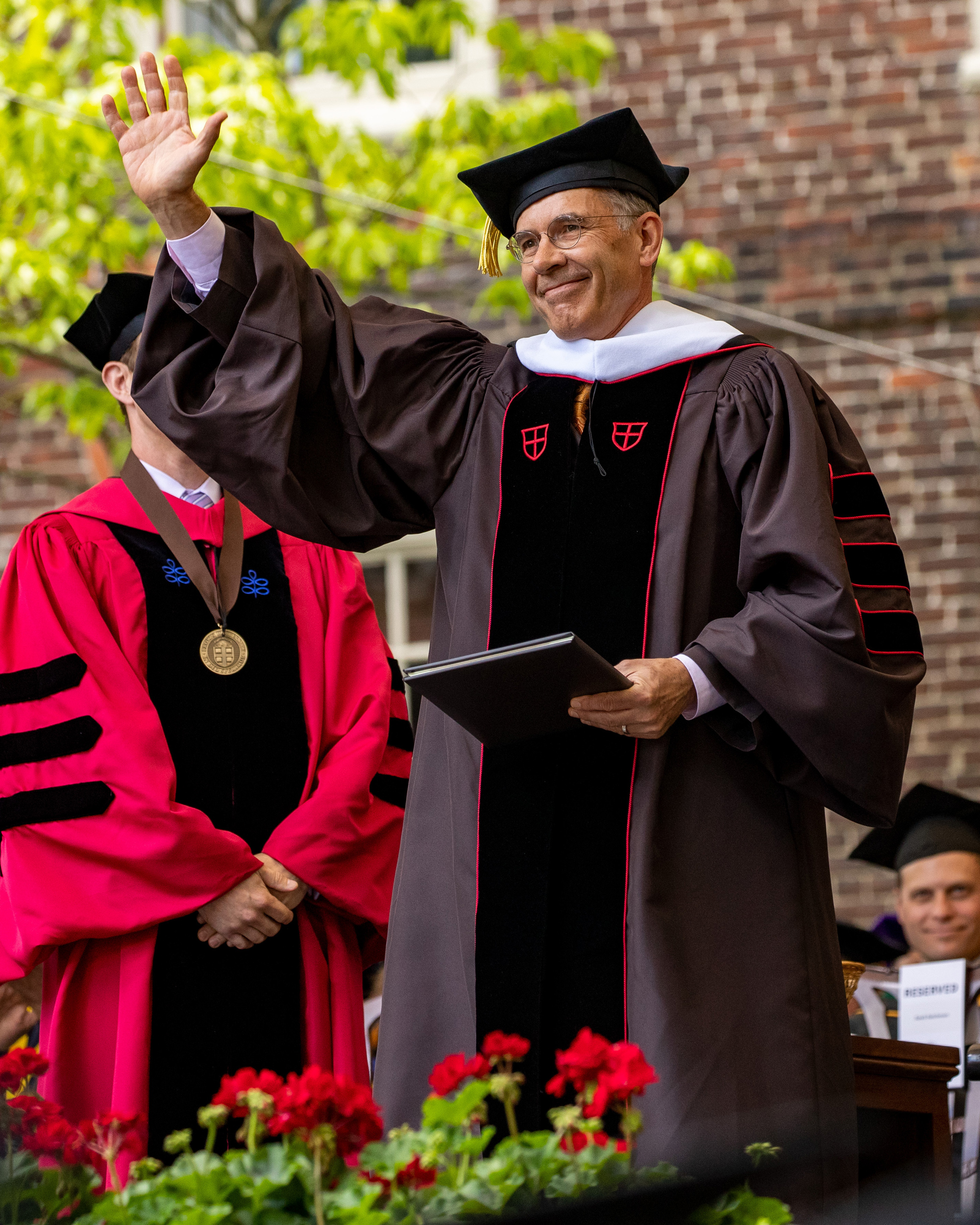 “Coming to Brown University opened up a whole new world for me. It was the first time I came to the United States, and the friendliness of the [economics] department and the University community made me feel very welcome. It was not just the rigor of the academic program that prepared me well for my subsequent work, it was also the humanity of the department. I vividly remember getting invited by one of the profes- sors for a family Thanksgiving dinner. As a faculty, we now often invite graduate students to our house to make them feel welcome and seen.”
“Coming to Brown University opened up a whole new world for me. It was the first time I came to the United States, and the friendliness of the [economics] department and the University community made me feel very welcome. It was not just the rigor of the academic program that prepared me well for my subsequent work, it was also the humanity of the department. I vividly remember getting invited by one of the profes- sors for a family Thanksgiving dinner. As a faculty, we now often invite graduate students to our house to make them feel welcome and seen.” Sultan Daniels ’23 participated in a WAVE Fellowship at the California Institute of Technology, where he worked with a postdoctoral researcher to conduct information theory research in the electrical engineering department. His project involved developing the proof for a scheme that achieves the fastest theoretical rate at which data could be reliably transmitted by a Gaussian network channel. “The biggest thing that this research project gave me was the chance to put faces to the names in the field. I enjoyed speaking with the other students interested in information theory to brainstorm together or hear about their aspirations. I also enjoyed talking with the professor and the postdoc, as they were always able to point me to interesting papers or other insights,” Sultan said. He is applying to PhD programs with the goal of continuing to pursue research in information theory.
Sultan Daniels ’23 participated in a WAVE Fellowship at the California Institute of Technology, where he worked with a postdoctoral researcher to conduct information theory research in the electrical engineering department. His project involved developing the proof for a scheme that achieves the fastest theoretical rate at which data could be reliably transmitted by a Gaussian network channel. “The biggest thing that this research project gave me was the chance to put faces to the names in the field. I enjoyed speaking with the other students interested in information theory to brainstorm together or hear about their aspirations. I also enjoyed talking with the professor and the postdoc, as they were always able to point me to interesting papers or other insights,” Sultan said. He is applying to PhD programs with the goal of continuing to pursue research in information theory.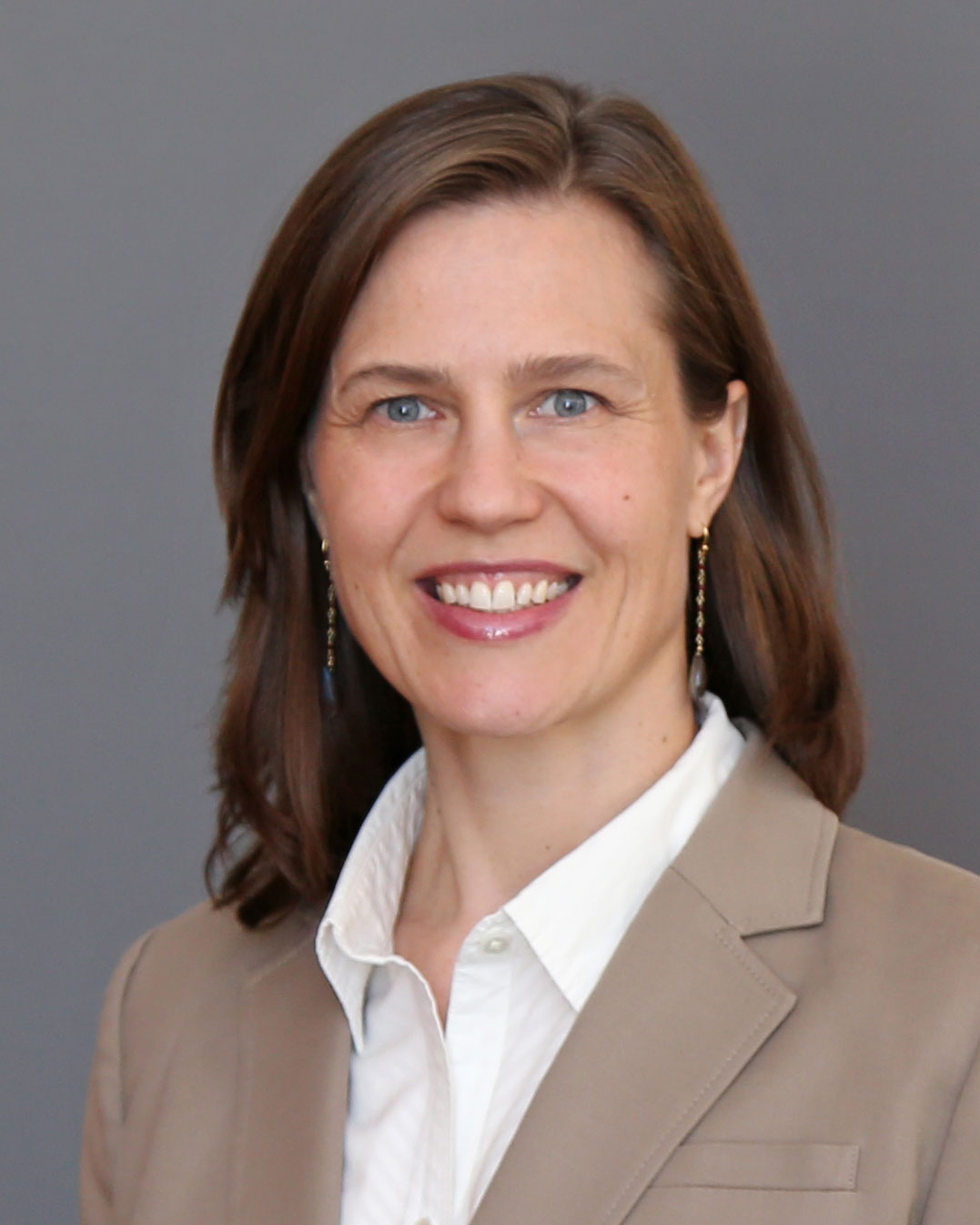
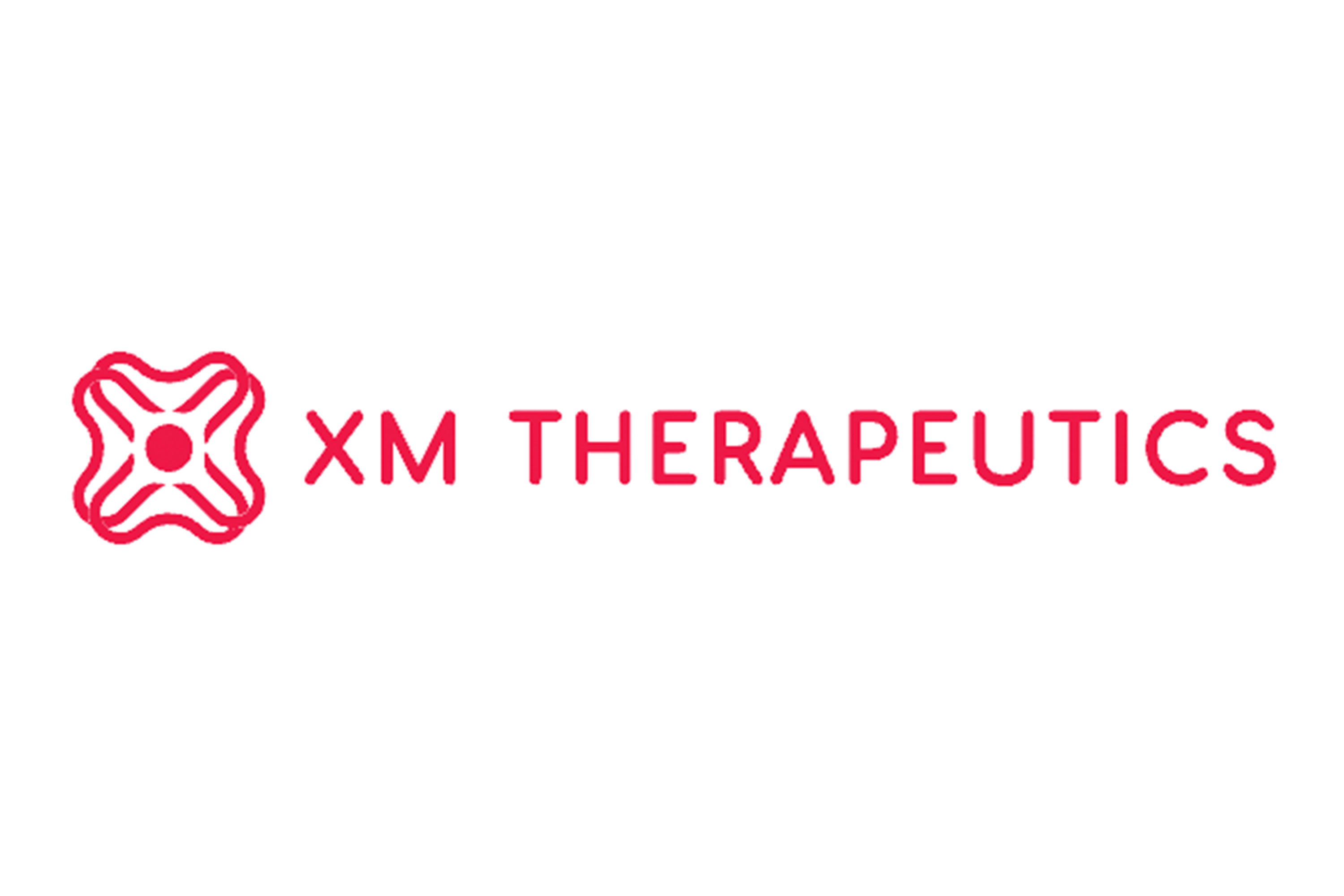 In most chronic diseases, including heart failure, kidney failure, and pulmonary fibrosis, the extracellular matrix becomes abnormal, leading to inflammation, fibrosis, and hypoxia, or reduced oxygen supply. In 2019, with the support of BBII funds, Jeffrey Morgan, a professor of pathology and laboratory medicine, developed a process for producing uniform injectable particles that potentially could be used to treat damaged tissue in various organs. The company XM Therapeutics was formed to further develop the treatment and bring it to clinical trials. XM Therapeutics is initially focusing on two of the most serious disorders, heart failure and pulmonary fibrosis, for which the clinical need and market size are enormous and continue to grow.
In most chronic diseases, including heart failure, kidney failure, and pulmonary fibrosis, the extracellular matrix becomes abnormal, leading to inflammation, fibrosis, and hypoxia, or reduced oxygen supply. In 2019, with the support of BBII funds, Jeffrey Morgan, a professor of pathology and laboratory medicine, developed a process for producing uniform injectable particles that potentially could be used to treat damaged tissue in various organs. The company XM Therapeutics was formed to further develop the treatment and bring it to clinical trials. XM Therapeutics is initially focusing on two of the most serious disorders, heart failure and pulmonary fibrosis, for which the clinical need and market size are enormous and continue to grow.